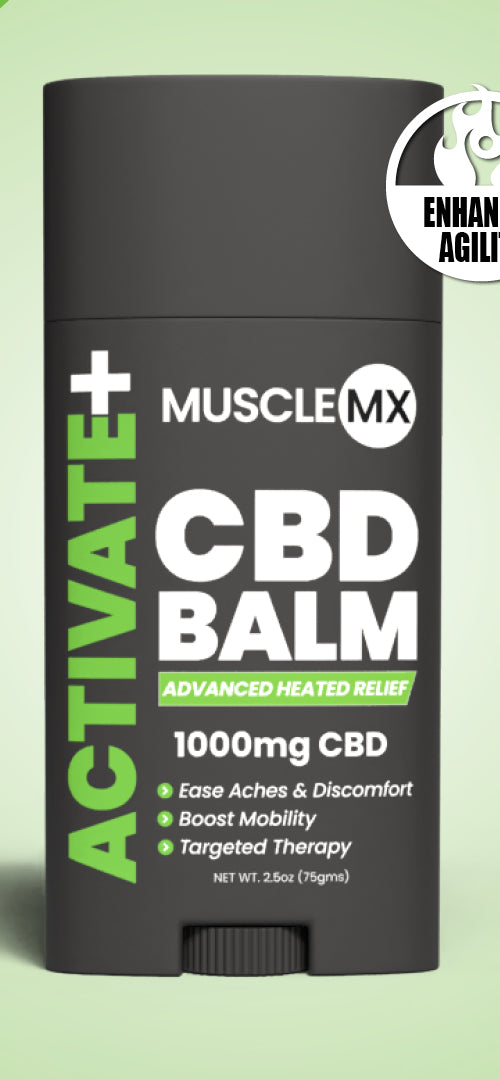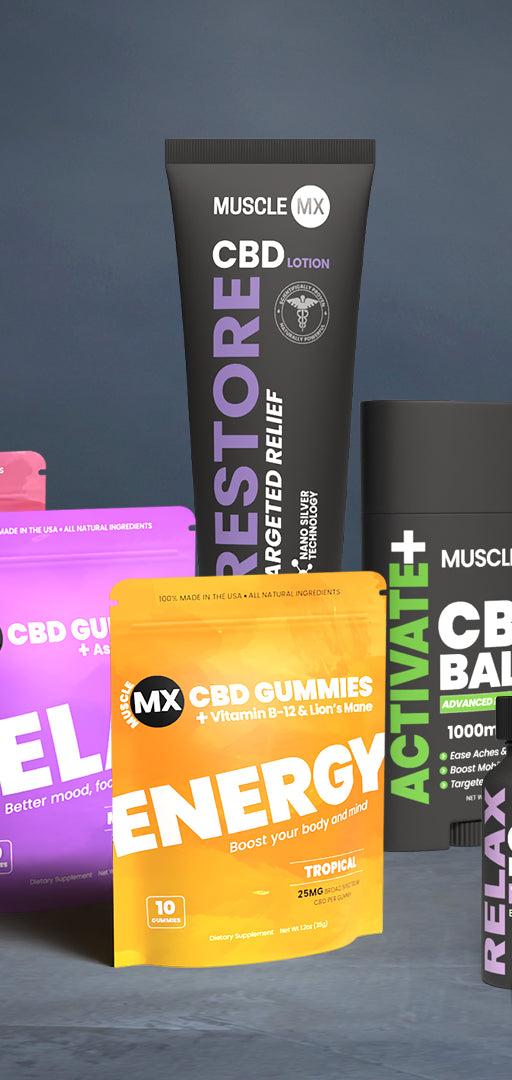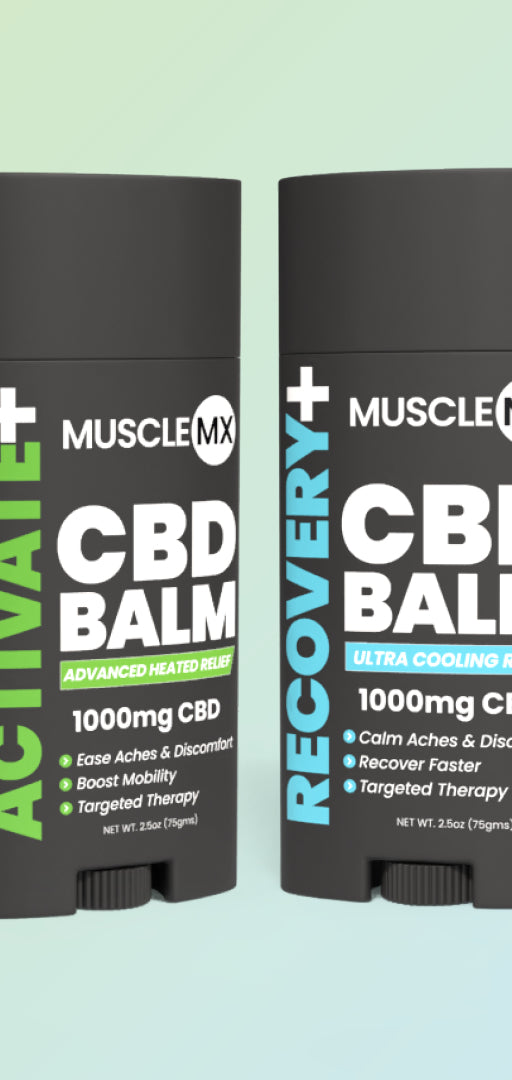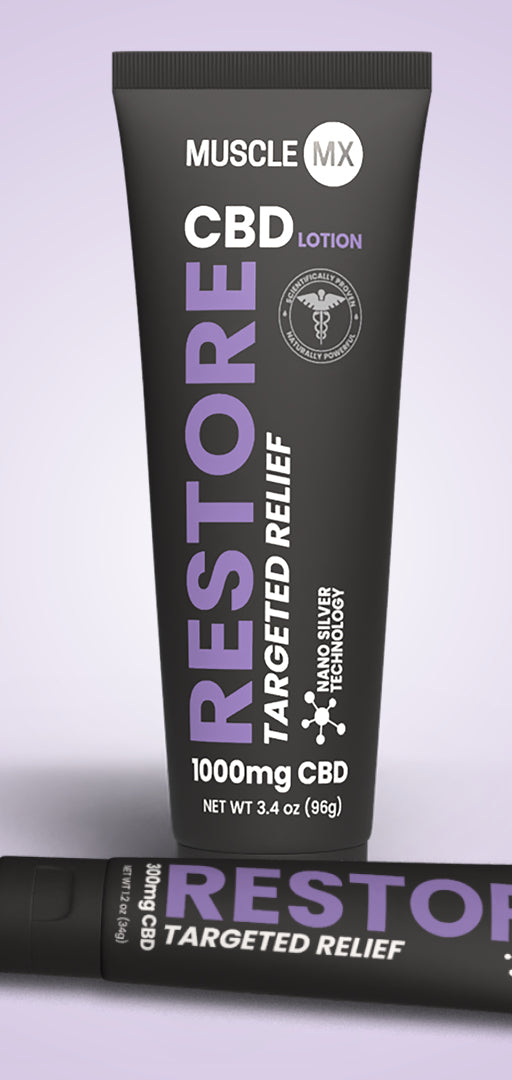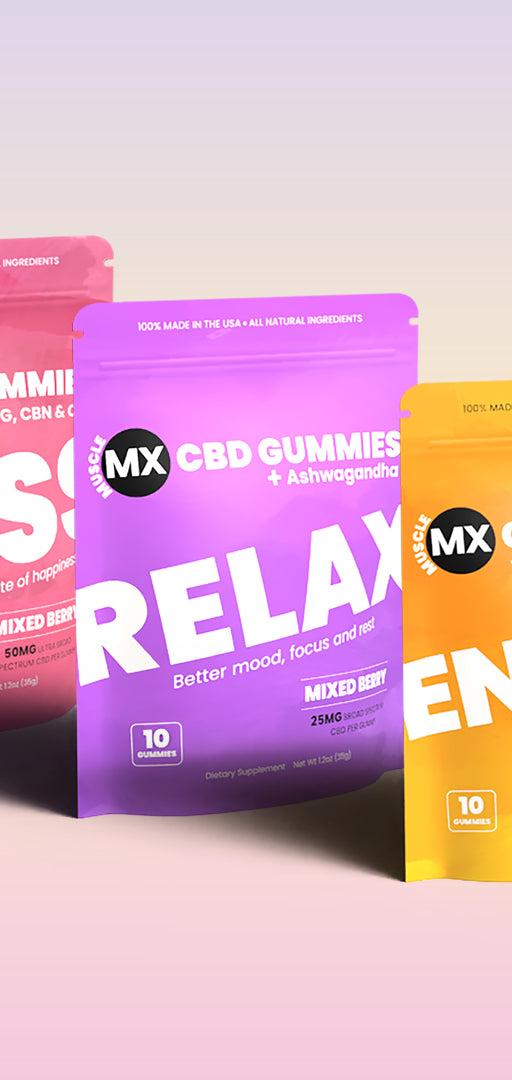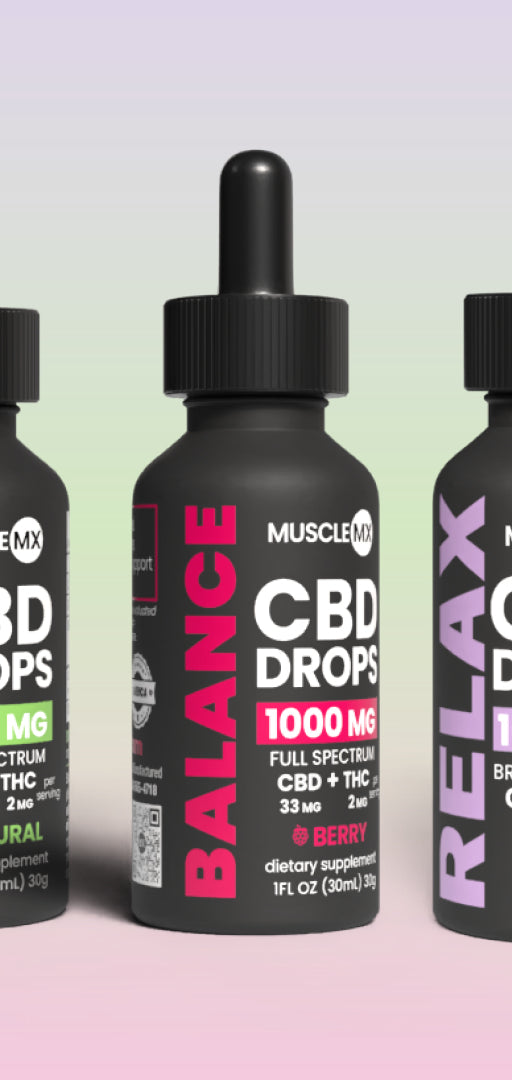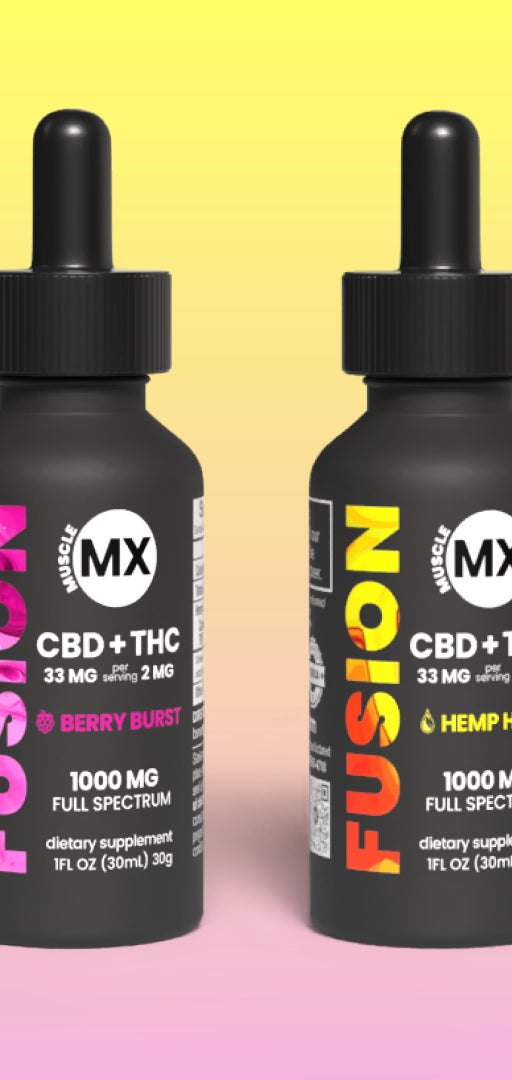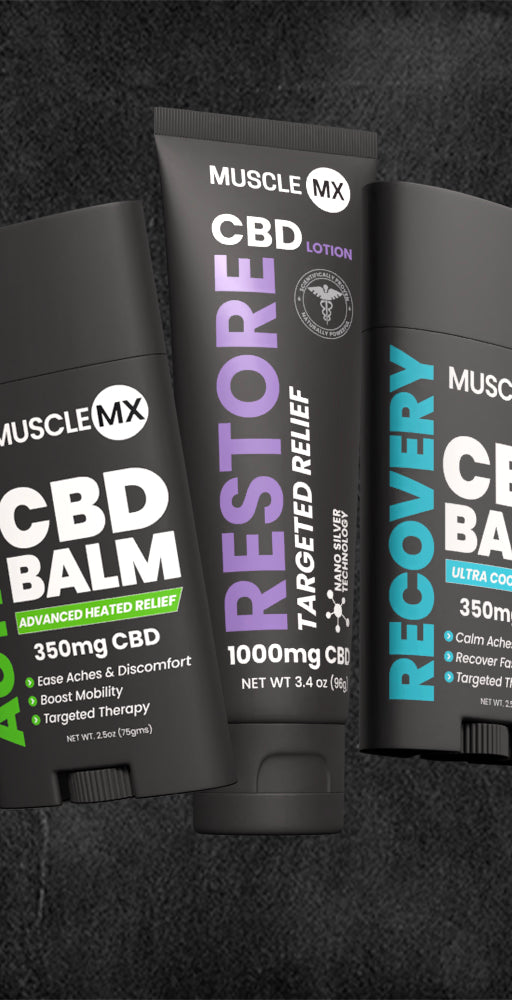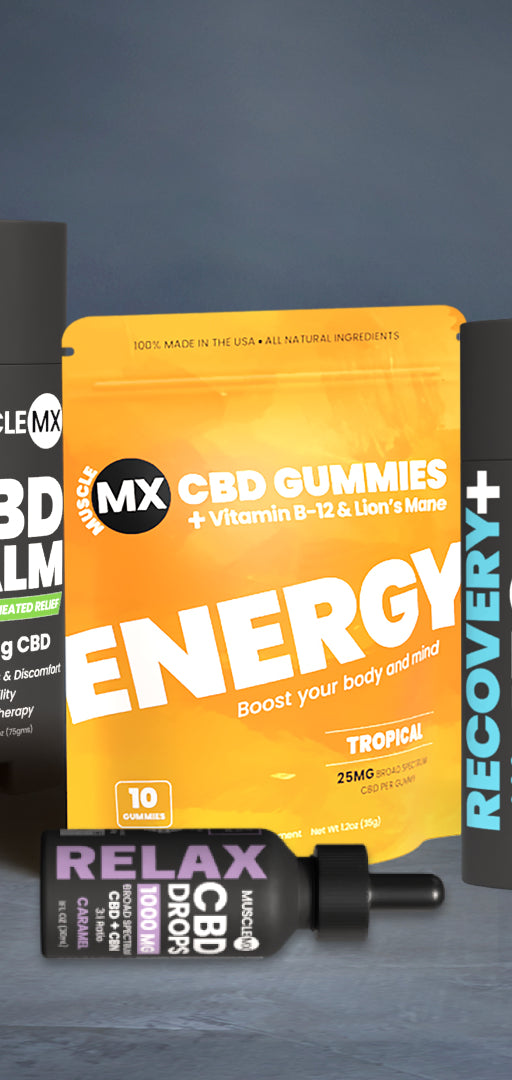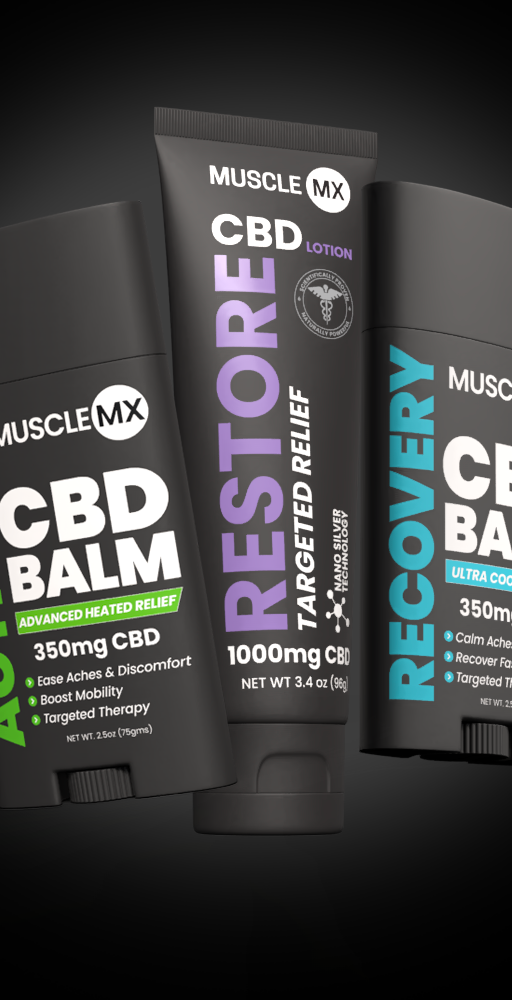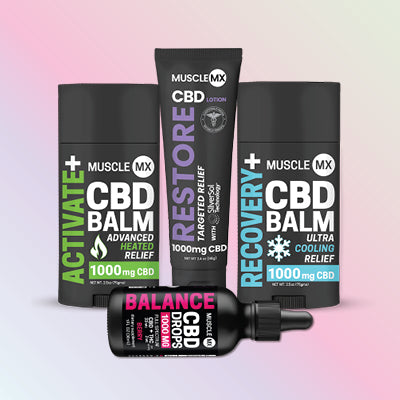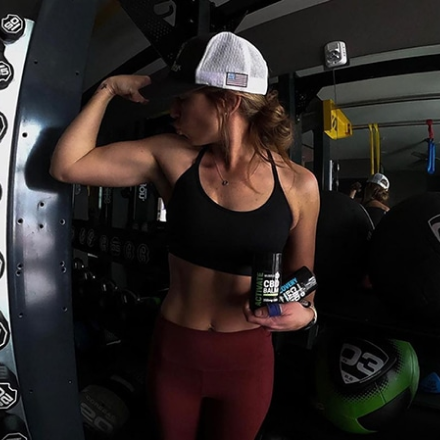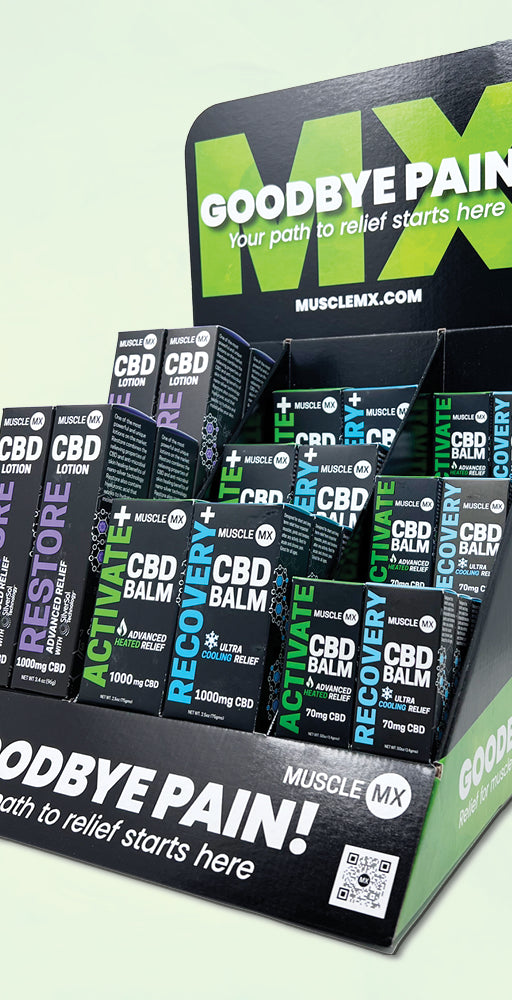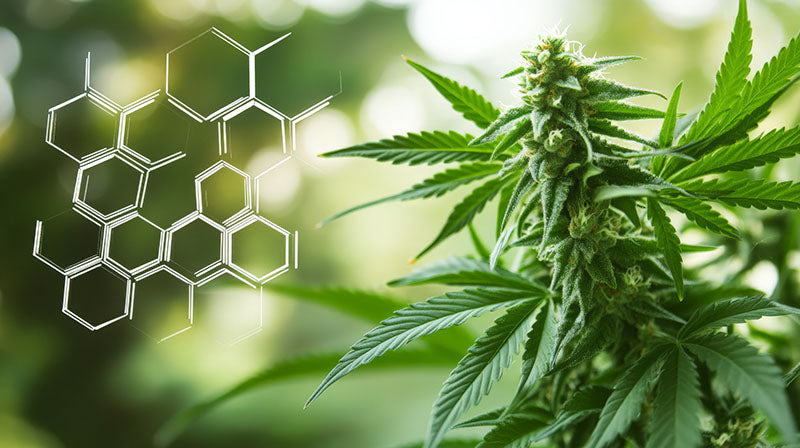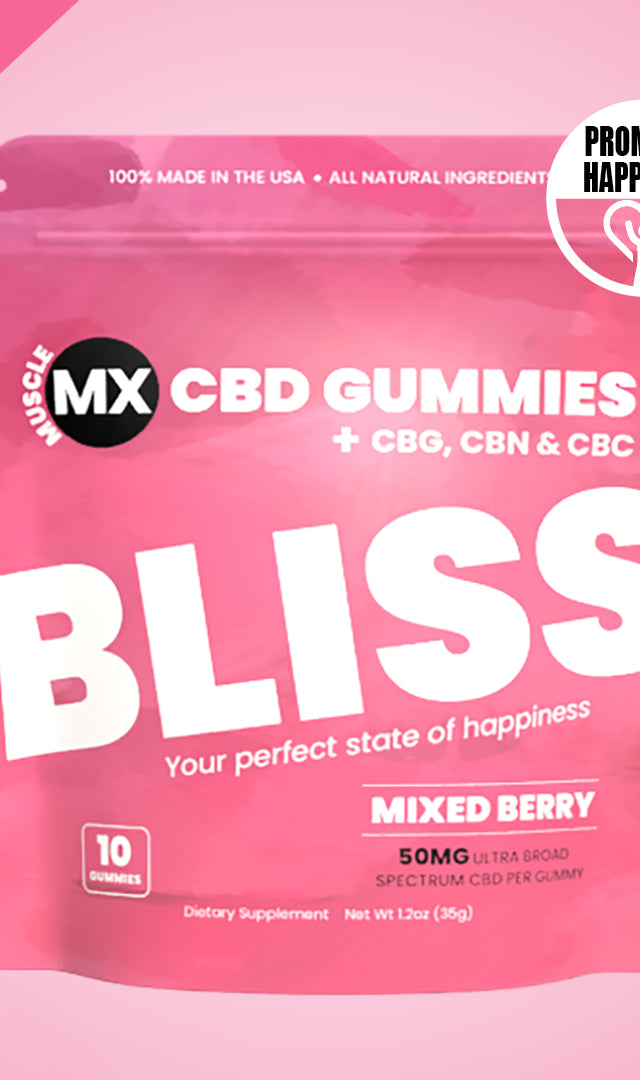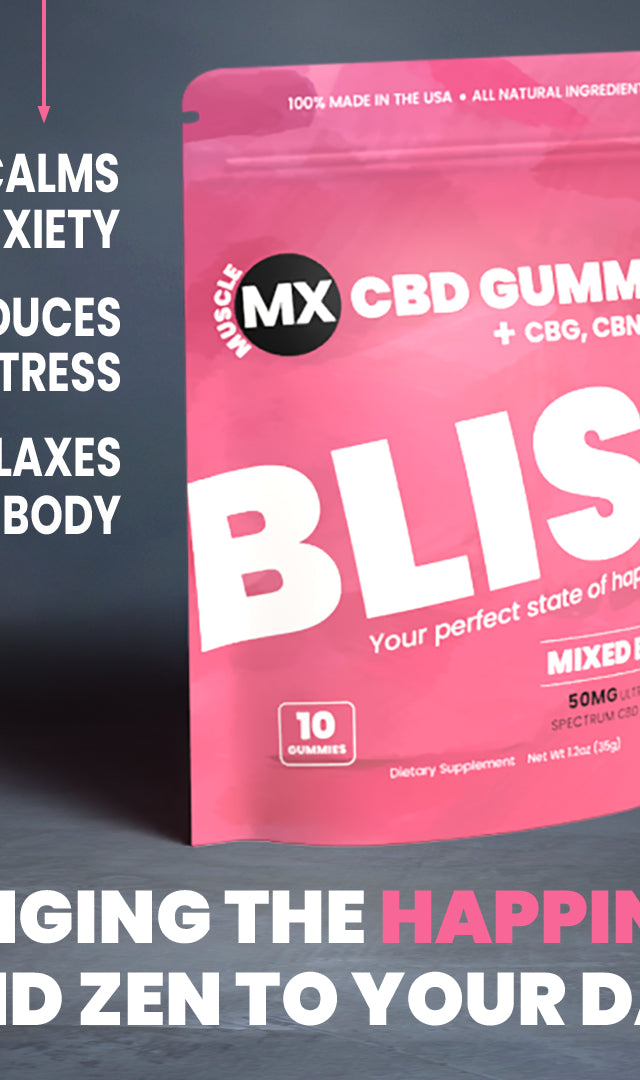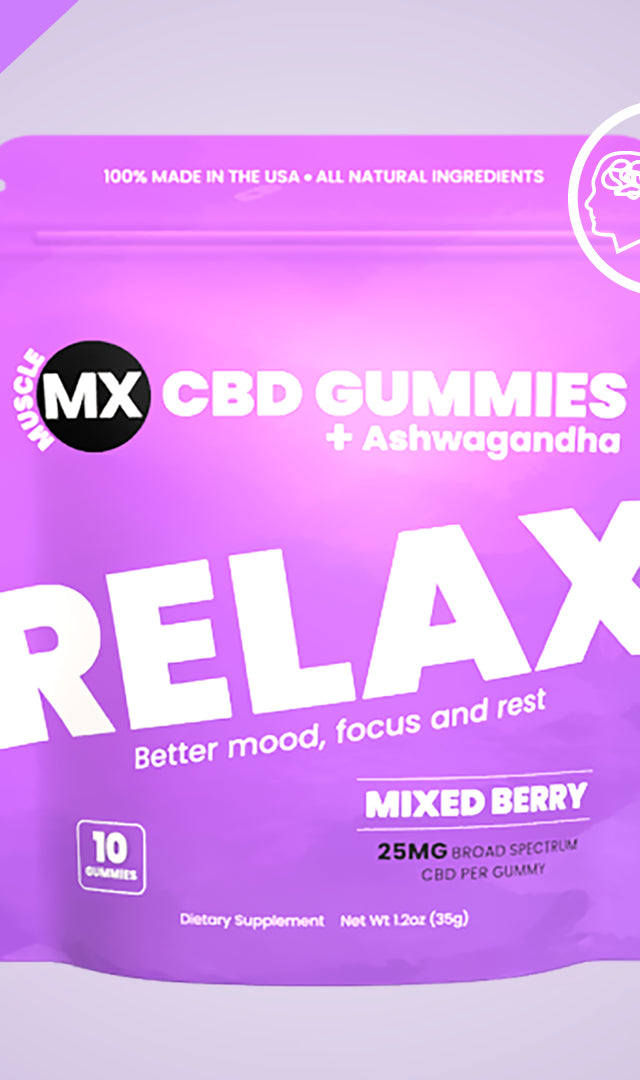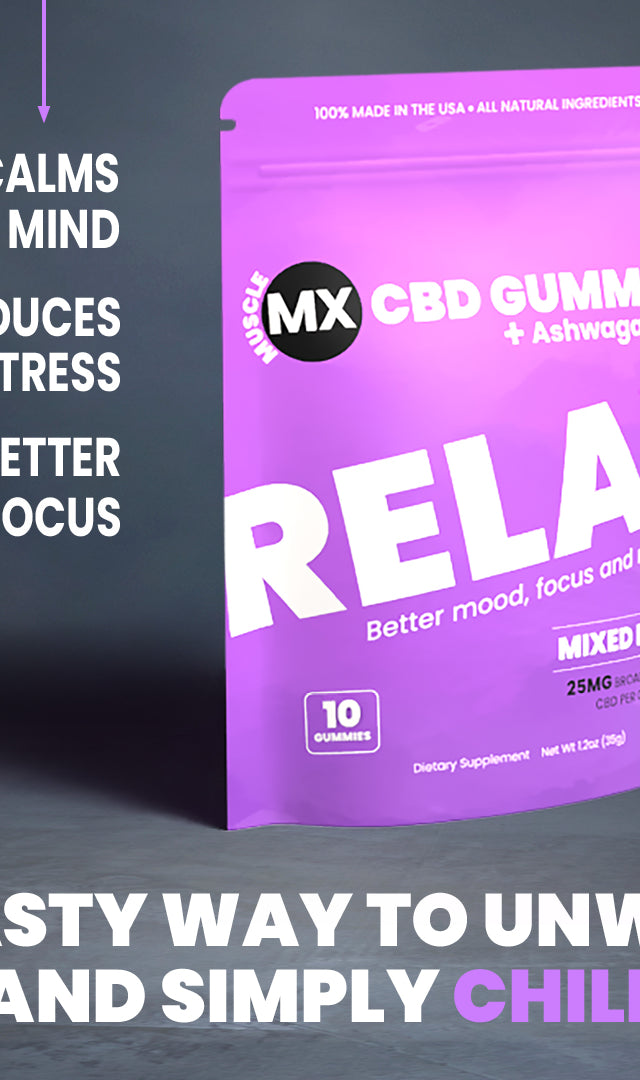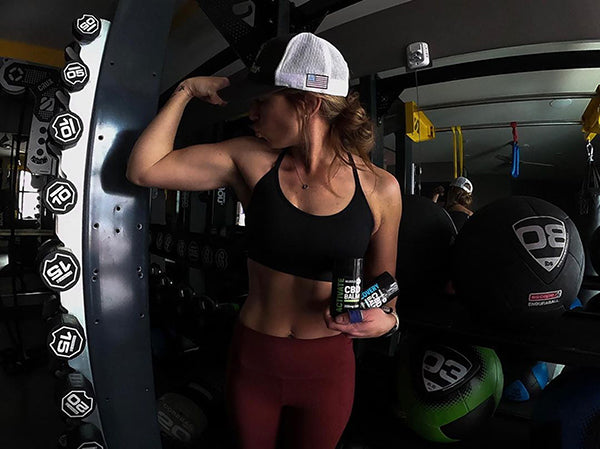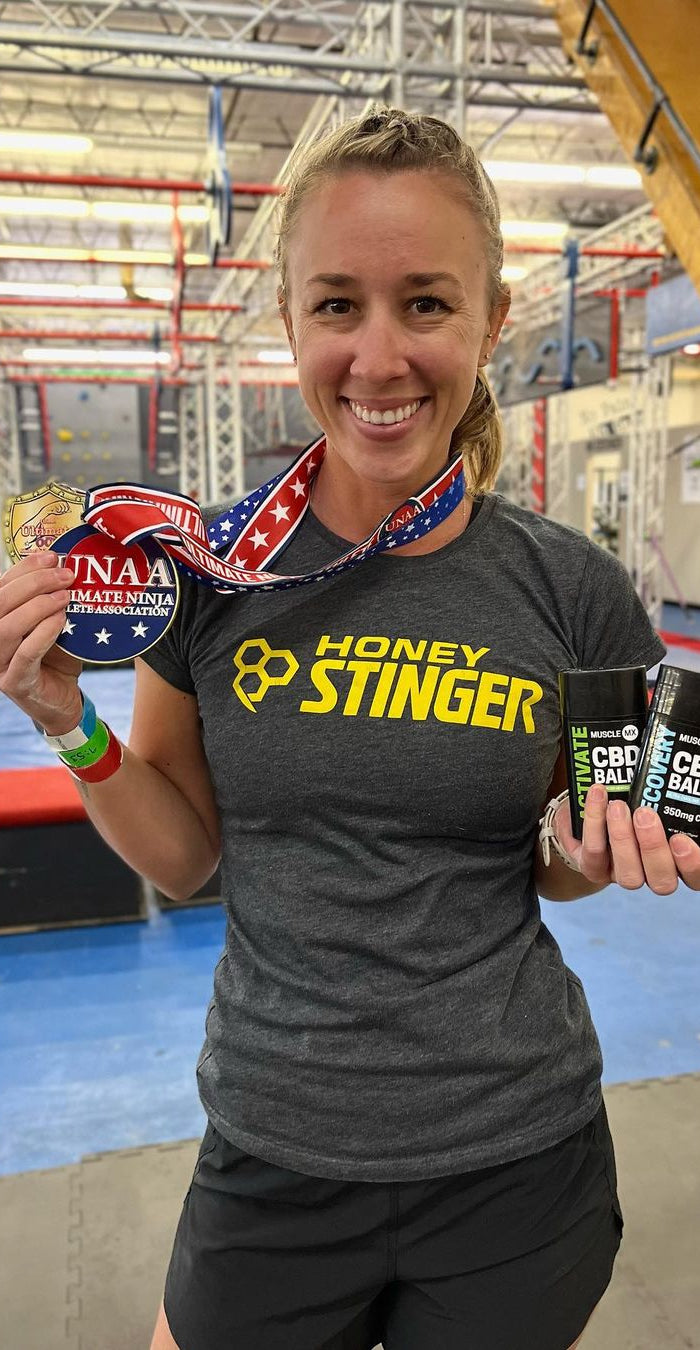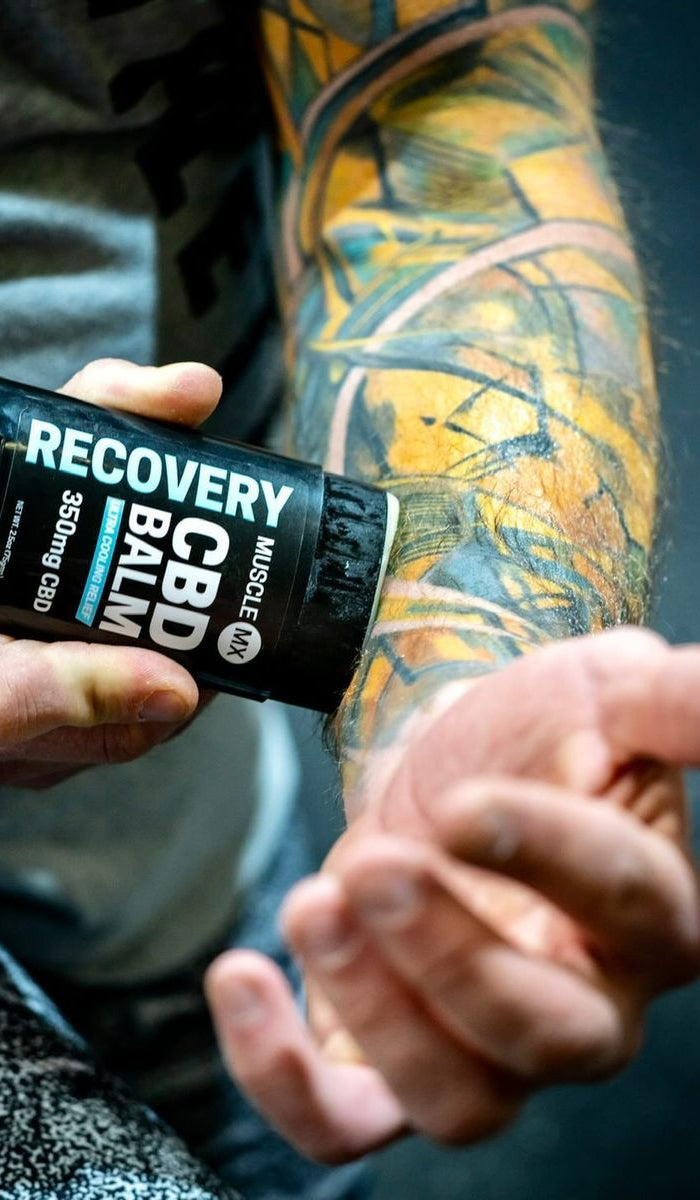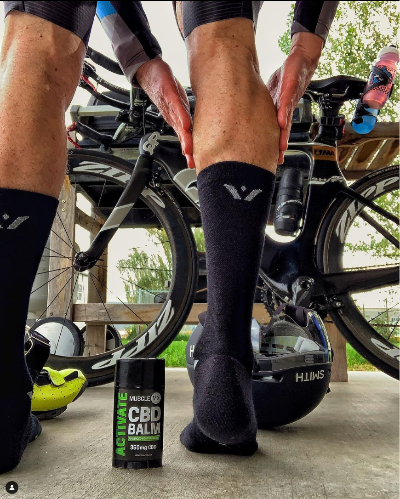Master the Terpene Chart: Essential Guide to Cannabis Compounds
Key Takeaways
Understanding terpenes transforms cannabis selection from guesswork into personalized medicine, allowing you to choose products based on desired effects rather than outdated strain classifications.
-
Terpenes determine effects more than strain names - Focus on chemical profiles showing myrcene for sedation, limonene for mood elevation, and pinene for alertness rather than indica/sativa labels.
-
Read terpene charts like a roadmap - Look for percentages above 0.5% to identify dominant compounds that will most strongly influence your experience.
-
Proper storage preserves potency - Store cannabis in airtight, UV-protected containers at 60-70°F with 55-65% humidity to prevent the 55% terpene loss that occurs within three months.
-
Your nose knows best - Trust your sense of smell when selecting products, as those distinctive aromas directly represent the terpenes that will shape your cannabis experience.
-
Live resin and cold extraction methods retain 2% more monoterpenes - Choose products using these preservation techniques for maximum terpene benefits and enhanced therapeutic effects.
Master these fundamentals and you'll unlock cannabis products perfectly aligned with your wellness goals, whether seeking pain relief, better sleep, or enhanced focus.
Introduction
The cannabis plant contains over 150 different terpenes — compounds that do far more than you might expect. Terpene charts have become valuable tools for cannabis users who want to understand these aromatic molecules and how they influence your experience. While THC and CBD often take center stage, terpenes play an equally important role in determining how different cannabis varieties affect you.
These compounds create much more than distinctive scents. Terpenes can actually enhance or modify the effects of cannabinoids like THC and CBD, contributing to what's known as the "entourage effect". Each terpene brings its own unique influence to your experience. Take myrcene—the most common terpene found in cannabis — it promotes relaxation and sedation, while limonene may elevate mood and reduce stress.
Learning to read terpene charts is essential for selecting the right cannabis products for your needs. These visual guides help you understand the different aromas and effects of particular cannabis varieties. Once you become familiar with reading these charts, you'll better understand which combinations create certain types of experiences.
Let's explore the fascinating world of terpenes, break down the most common varieties, and learn how to use a terpene profile chart to make informed decisions about cannabis products.
What Are Terpenes and Their Role in Cannabis?
The aromatic world of cannabis extends far beyond its distinctive smell. Behind those captivating scents lies a complex chemistry that shapes both aroma and effects. Let's learn more about the fascinating compounds responsible for these characteristics.
What are terpenes and terpenoids?
Terpenes are aromatic hydrocarbon compounds found abundantly throughout nature. These organic molecules give cannabis its distinctive smell and contribute significantly to the effects of various strains. Terpenoids, on the other hand, are oxygen-containing terpenes. Both exist in the essential oils of plants, with cannabis containing over 200 identified terpenes.
Understanding these compounds becomes easier when we look at their classification based on isoprene units:
-
Monoterpenes (C10): Two isoprene units (myrcene, limonene)
-
Sesquiterpenes (C15): Three isoprene units (caryophyllene, humulene)
-
Diterpenes (C20): Four isoprene units
-
Triterpenes (C30): Six isoprene units
These compounds serve an important purpose beyond their aromatic properties. Terpenes act as natural defense mechanisms, protecting plants from pests, fungi, and bacteria through their antimicrobial, insecticidal, and antifungal actions.
How do terpenes differ from cannabinoids like CBD and THC?
While cannabinoids and terpenes coexist in cannabis, they differ substantially in structure and function. Terpenes possess strong aromas, whereas cannabinoids do not. Cannabinoids are almost exclusively found in cannabis, but terpenes exist throughout the plant kingdom.
Structurally, terpenes are smaller, less complex molecules compared to cannabinoids. Cannabinoids like THC directly affect the endocannabinoid system, creating psychoactive effects, whereas terpenes primarily influence aroma, flavor, and potentially modify cannabinoid effects through the "entourage effect".
Remember, beta-caryophyllene stands out as the only terpene known to interact directly with CB2 receptors in the endocannabinoid system, similar to CBD.
Where are terpenes found in the cannabis plant?
Terpenes primarily reside in the trichomes—those frosty crystal structures covering cannabis flowers. Monoterpenes concentrate in the stalked granular trichomes on prominent buds, while sesquiterpenes gather in the sessile trichomes found on sugar leaves.
Production increases during the plant's reproductive stages, with terpene synthesis occurring within the glands surrounding the flowers. Environmental factors significantly influence terpene development as well. Temperature, humidity, light exposure, and even time of day affect concentrations—plants typically contain higher terpene levels following dark periods.
Studies show that outdoor-grown cannabis generally exhibits greater terpene diversity and higher concentrations compared to indoor-grown plants from identical genetic stock.
What Are the Common Terpenes and Their Effects?
Each terpene brings its own personality to the cannabis experience, creating the unique effects you feel with different strains. Understanding these six prominent terpenes can help you choose products that match what you're looking for.
Myrcene: The Relaxation Champion
Myrcene is the most abundant terpene in modern commercial cannabis, representing over 20% of the terpene profile in typical strains. You'll recognize its earthy, musky aroma — and you'll definitely feel its sedative effects. Strains with high myrcene concentrations (above 0.5%) typically create that famous "couch-lock" feeling.
What makes myrcene particularly interesting? It may help cannabinoids cross the blood-brain barrier more effectively, potentially enhancing the psychoactive response. Beyond its relaxing qualities, myrcene offers pain relief, supports healthy blood sugar levels, and helps ease inflammation.
Limonene: Your Mood Booster
Have you ever noticed how citrus scents can instantly lift your spirits? That's limonene at work. This terpene influences mood by interacting with your serotonin and dopamine systems. When you're looking for uplifting effects, stress reduction, and enhanced focus, limonene-rich strains deliver.
Unlike some relaxing compounds, limonene provides anti-anxiety benefits without making you drowsy. It also brings antimicrobial and antioxidant properties that support overall wellness.
Pinene: The Focus Enhancer
Pinene comes in two forms — alpha-pinene and beta-pinene — and both can help counter memory impairment often associated with THC. If you've been concerned about cannabis affecting your memory, pinene-rich strains might be worth exploring.
This terpene enhances alertness while supporting your respiratory function through bronchodilator properties. Studies show pinene actually improves memory in research models by increasing acetylcholine levels. Its anti-inflammatory effects can last up to 48 hours after use.
Linalool: The Gentle Soother
You'll identify linalool by its pleasant floral aroma, and you'll appreciate its gentle approach to relaxation. This terpene shows significant anti-depressant activity by interacting with serotonin and noradrenaline pathways.
Aromatherapy research demonstrates that linalool effectively reduces anxiety scores on clinical scales. What's particularly appealing about linalool is its ability to provide inflammation relief and pain support without heavy sedative effects.
Caryophyllene: The Unique Pain Fighter
Caryophyllene stands out as the only terpene that also acts like a cannabinoid, binding directly to CB2 receptors. This unique dual action enables pain relief without psychoactive effects. You'll notice its spicy, peppery aroma on terpene profile charts, and you'll feel its targeted approach to inflammatory responses through the endocannabinoid system.
Humulene: The Appetite Regulator
Humulene offers something different — a distinctive woody, hoppy aroma combined with potential appetite suppression, which is unusual among cannabis compounds. Research shows significant anti-inflammatory properties whether applied topically, taken orally, or inhaled. Some studies suggest humulene may even promote beneficial cellular responses through its ability to generate Reactive Oxygen Species.
Remember, these terpenes work together with cannabinoids to create your overall experience. Understanding their individual characteristics helps you make more informed choices about which products might work best for your needs.
How Can You Use Terpene Charts to Choose the Right Cannabis Products?
Terpene charts offer a more personalized approach to cannabis selection than traditional indica/sativa classifications. Rather than relying on strain names alone, you can focus on the chemical profile that actually shapes your experience.
Reading a Terpene Profile Chart
Terpene charts display percentages that show each compound's concentration relative to the product's total weight. Most charts list dominant terpenes first — those present in the highest amounts — followed by compounds in lower concentrations. You might see a listing like "Myrcene: 1.5%, Limonene: 0.8%, Beta-Caryophyllene: 0.7%". These percentages reveal which terpenes will most strongly influence the strain's effects.
Matching Terpene Effects to Your Goals
Think about what you're hoping to achieve when selecting terpenes. Looking for stress relief? Seek profiles high in limonene and linalool. Need help with discomfort? Look for beta-caryophyllene and myrcene. Want to stay focused? Pinene-rich products can enhance cognitive function. For sleep support, products with myrcene concentrations above 1% typically produce sedative effects.
Using Terpene Charts at Dispensaries and on Product Labels
Many dispensaries now provide terpene testing results on product labels. Premium brands often include detailed terpene percentages that outline the product's chemical composition. This information helps you make selections based on effects rather than traditional categories. If possible, smell the product before purchasing — your nose can be remarkably accurate at identifying beneficial terpene profiles.
Preserving and Extracting Terpenes for Maximum Benefit
Terpenes start to degrade as soon as cannabis is harvested, which means preservation techniques become crucial for maintaining their valuable properties. Understanding how to protect these delicate compounds can make a significant difference in your cannabis experience.
How Curing and Storage Affect Terpene Content
The journey from harvest to consumption dramatically impacts terpene profiles. Research shows terpene content decreases by 31% after one week of drying, 44.8% after one month, and escalates to 55.2% loss after three months. During the curing process, something interesting happens: monoterpenes like myrcene decrease by approximately 55%, while sesquiterpenes such as alpha-humulene actually increase by up to 100%. This transformation explains why properly cured cannabis develops more complex aromas over time.
Best Practices for Terpene Preservation
Protecting terpenes requires attention to several key factors. Here's what you need to know:
Store cannabis in airtight containers at 60-70°F (15-21°C). Temperature control helps prevent the breakdown of these delicate compounds.
Maintain humidity between 55-65%. Too much moisture can encourage mold growth, while too little can make terpenes more volatile.
Shield your cannabis from light, especially UV radiation. Amber or cobalt glass containers provide excellent UV protection.
Minimize oxygen exposure, as it accelerates oxidation. The less air your cannabis is exposed to, the better.
Hexanoic acid treatment combined with vacuum storage has demonstrated 20-82% higher monoterpene preservation compared to standard methods.
Extraction Methods: CO2, Cold-Press, and Live Resin
Different extraction techniques offer unique benefits for terpene preservation:
CO2 Extraction operates at lower temperatures to protect delicate terpenes. Subcritical CO2 extraction at -40°C preserves 54.1% more terpenes than extraction at -20°C.
Cold-Press applies mechanical pressure without generating excessive heat, helping preserve terpene integrity.
Live Resin is considered the gold standard for terpene preservation. This method flash-freezes fresh cannabis immediately after harvest. Live resin contains approximately 2% more monoterpenes than traditional extracts.
When shopping for cannabis products, consider how they've been processed and stored. These factors directly impact the terpene content you'll experience.
Final Thoughts
Terpenes change how you experience cannabis in ways that go far beyond THC and CBD percentages. Understanding these aromatic compounds gives you a practical framework for selecting products that match your specific needs. We've explored how different terpenes influence your experience — from myrcene's sedating effects to limonene's mood-boosting properties.
Your cannabis selection becomes much more personal once you understand terpene charts. Instead of relying on strain names or outdated indica/sativa labels, you can focus on the chemical profiles that actually shape your experience. This knowledge becomes especially valuable when you're shopping at dispensaries that provide detailed terpene testing results.
Remember, proper storage and preservation techniques matter just as much as your terpene knowledge. These compounds degrade quickly after harvest, so maintaining the right temperature, humidity, and light conditions helps protect their beneficial properties. Extraction methods like live resin and cold-press techniques also help preserve more terpenes than standard approaches.
The next time you're looking at cannabis products, look beyond the THC percentages and strain names. Let the terpene profile chart guide you toward the experience you're seeking. Your nose can be a remarkably effective tool too — those distinctive aromas you smell represent the terpenes that will influence your cannabis journey.
Your wellness journey is uniquely yours, and understanding terpenes gives you the knowledge to make more informed choices about cannabis products that align with your goals.
FAQ's About Terpene Charts
Q: Which terpenes are most beneficial for relaxation and stress relief?
A: Myrcene and linalool are particularly effective for relaxation. Myrcene is known for its sedative properties, while linalool has anti-anxiety effects. Limonene can also help elevate mood and reduce stress.
Q: Can terpenes enhance the effects of THC and CBD?
A: Yes, terpenes can modify and enhance the effects of cannabinoids like THC and CBD through what's known as the "entourage effect." For example, myrcene may help cannabinoids cross the blood-brain barrier more effectively.
Q: How do I use a terpene chart to choose the right cannabis product?
A: Look for terpene percentages above 0.5% to identify dominant compounds. Match these to your desired effects - for example, pinene for alertness or caryophyllene for pain relief. Also, trust your sense of smell when selecting products, as aromas directly represent influential terpenes.
Q: What's the best way to preserve terpenes in cannabis products?
A: Store cannabis in airtight, UV-protected containers at 60-70°F (15-21°C) with 55-65% humidity. This helps prevent the significant terpene loss that can occur within months of harvest. Choose products made using live resin or cold extraction methods for maximum terpene preservation.
Q: Are there any terpenes that can help with focus and memory?
A: Pinene is particularly noted for its ability to enhance alertness and potentially improve memory retention. It may help counteract some of the short-term memory impairment associated with THC use.
References
https://www.nuggmd.com/blog/terpenes-chart-for-beginners
https://www.heads.net/terpenes-their-effects-how-strain-aromas-impact-your-high/
https://thcdesign.com/blog/its-all-about-the-terpenes/
https://abstraxtech.com/blogs/learn/how-to-read-a-terpene-chart?srsltid=AfmBOoqYULH0uC497Yk2RtFOw7TiiTjHaPRMJNxiN-1yTzMoTfOSBo7
https://byjus.com/chemistry/introduction-to-terpenes-and-terpenoids/
https://cnastores.com/news/terpenes-their-role-in-cannabis/
https://chem.libretexts.org/Bookshelves/Organic_Chemistry/Map%3A_Organic_Chemistry_(Wade)_Complete_and_Semesters_I_and_II/Map%3A_Organic_Chemistry_(Wade)/26%3A_Lipids/26.06%3A_Terpenes_and_Terpenoids
https://www.kind.com.au/post/cannabinoids-vs-terpenes
https://www.healthline.com/health/cannabis-terpenes
https://cannacon.org/cannabis-terpenes-explained/
https://14erboulder.com/unlocking-the-world-of-cannabis-terpenes-gain-insight-into-plant-production-and-the-top-10-terpenes/
https://pmc.ncbi.nlm.nih.gov/articles/PMC9861703/
https://www.leafly.com/news/science-tech/myrcene-terpene
